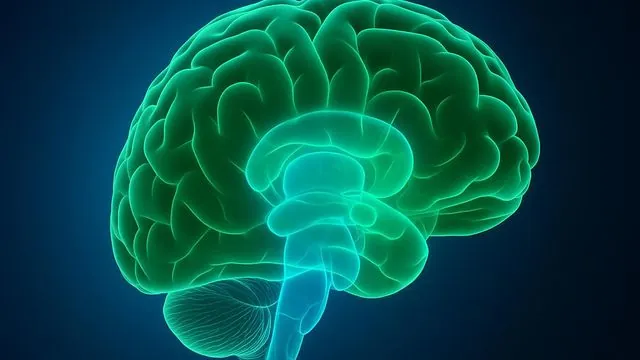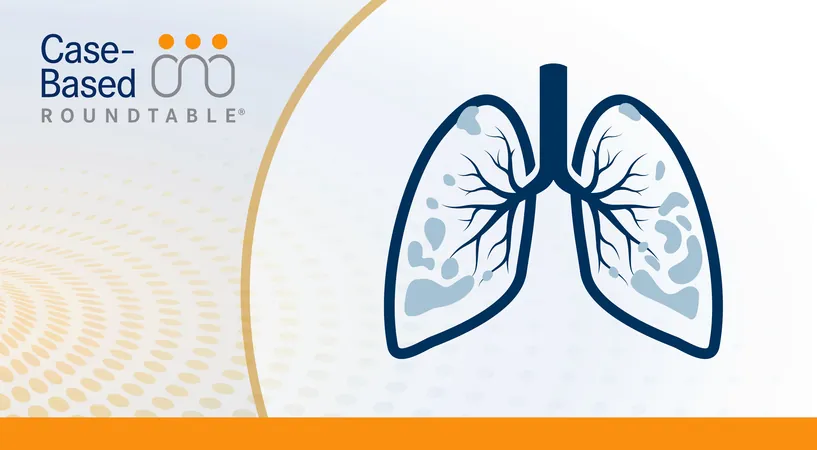
Revolutionary Imaging Technique Sheds Light on Brain-Body Connections
2025-05-02
Author: Jia
Unlocking the Secrets of Brain and Body Communication
Have you ever wondered how your brain interacts with your body to regulate emotions and maintain mental health? New research reveals that this complex communication hinges on a tiny area deep within the brain known as the nucleus tractus solitarii (NTS). This powerhouse, located in the brainstem, is crucial for transmitting signals from the vagus nerve to other organs, but observing it in live animals has always been a daunting challenge.
Introducing D-PSCAN: A New Era in Brain Imaging
A groundbreaking study published in *Cell Reports Methods* introduces a cutting-edge imaging technique called D-PSCAN (Double-Prism-based brainStem imaging under Cerebellar Architecture and Neural circuits). This innovative method allows for high-resolution, minimally invasive visualization of NTS activity in living mice, opening new doors in neuroscience.
Minimally Invasive Yet Highly Effective
The D-PSCAN technique employs a meticulously designed double microprism assembly that fits between the cerebellum and brainstem. This unique setup ensures that the essential motor functions of the cerebellum remain intact while providing a comprehensive view of NTS activity.
Lead researcher Masakazu Agetsuma emphasizes the significance of this advancement: "Traditionally, accessing the NTS required removing the cerebellum, a procedure that hindered emotional regulation. Our approach preserves this vital brain area while allowing unprecedented observation of the NTS."
Mapping Neural Responses
In their studies, the research team utilized the D-PSCAN method to track how the NTS responded to electrical stimulation of the vagus nerve. They discovered the specific intensity thresholds required to trigger NTS activations, unveiling distinct patterns of neural responses based on varying stimulation parameters. These insights are crucial, given that vagus nerve stimulation (VNS) is already a clinical treatment for conditions such as drug-resistant epilepsy and is being explored for managing depression and other mental disorders.
Tapping into Gut Signals
Taking their research further, the team tested the response of NTS neurons to cholecystokinin, a hormone released after eating. The successful detection of NTS activity in response to this hormone underscores the potential of the D-PSCAN technique to reveal essential interactions between the brain and gastrointestinal tract.
Future Implications of NTS Research
Agetsuma anticipates that better understanding the brain-body connection will pave the way for innovative therapies for neuropsychiatric disorders, ultimately enhancing mental health and well-being. The versatility of D-PSCAN promises not just breakthroughs in treating emotional disorders but also advances in understanding areas like appetite regulation, metabolism, and gut health.
Your Gateway to the Future of Neuroscience
As researchers harness the power of the D-PSCAN technique, the future looks bright for uncovering the intricate relationships between our brains, bodies, and minds. This remarkable invention stands to revolutionize both basic neuroscience research and clinical practices, providing invaluable insights into how we function on a holistic level.



 Brasil (PT)
Brasil (PT)
 Canada (EN)
Canada (EN)
 Chile (ES)
Chile (ES)
 Česko (CS)
Česko (CS)
 대한민국 (KO)
대한민국 (KO)
 España (ES)
España (ES)
 France (FR)
France (FR)
 Hong Kong (EN)
Hong Kong (EN)
 Italia (IT)
Italia (IT)
 日本 (JA)
日本 (JA)
 Magyarország (HU)
Magyarország (HU)
 Norge (NO)
Norge (NO)
 Polska (PL)
Polska (PL)
 Schweiz (DE)
Schweiz (DE)
 Singapore (EN)
Singapore (EN)
 Sverige (SV)
Sverige (SV)
 Suomi (FI)
Suomi (FI)
 Türkiye (TR)
Türkiye (TR)
 الإمارات العربية المتحدة (AR)
الإمارات العربية المتحدة (AR)